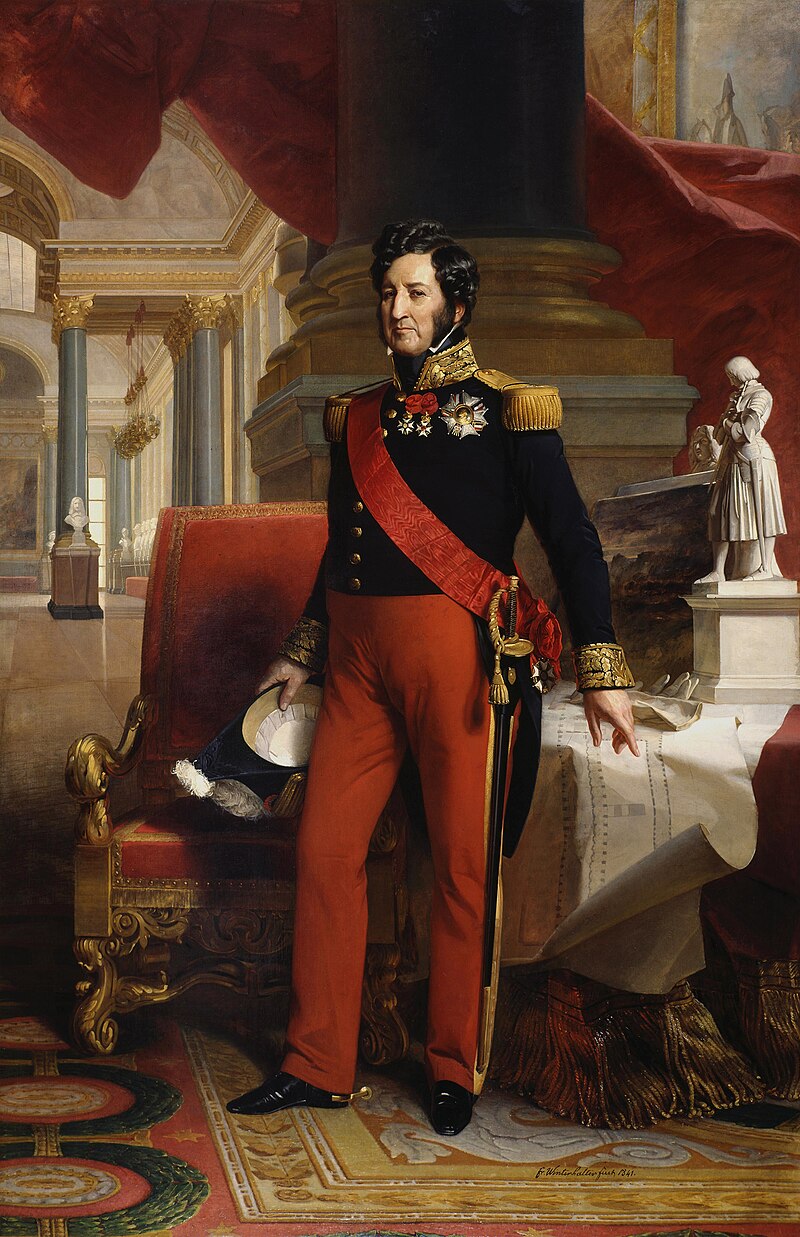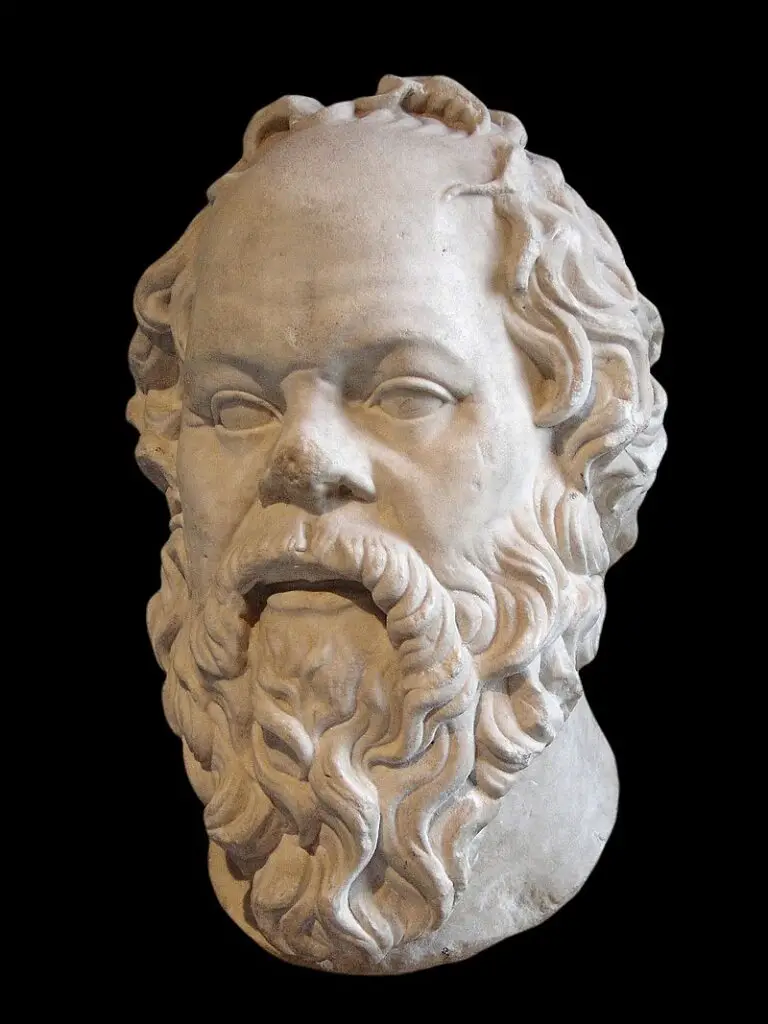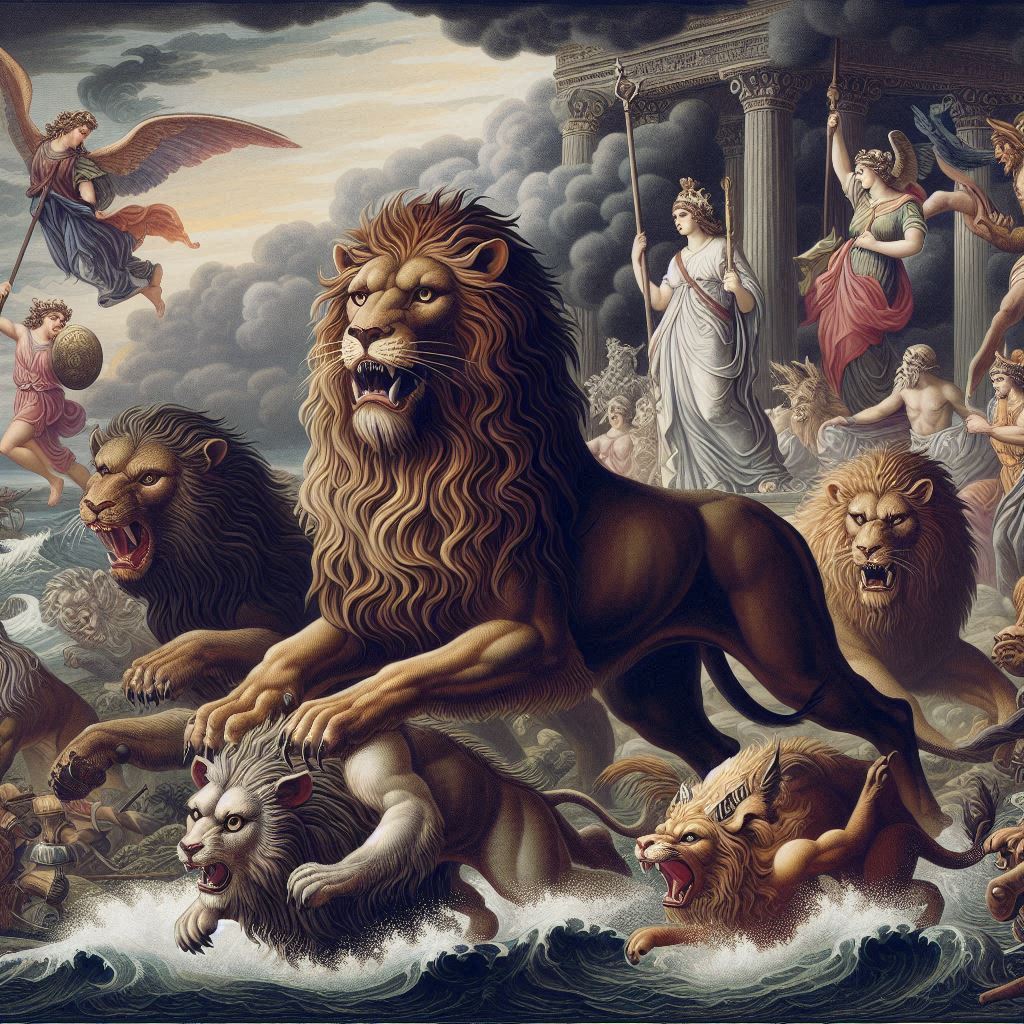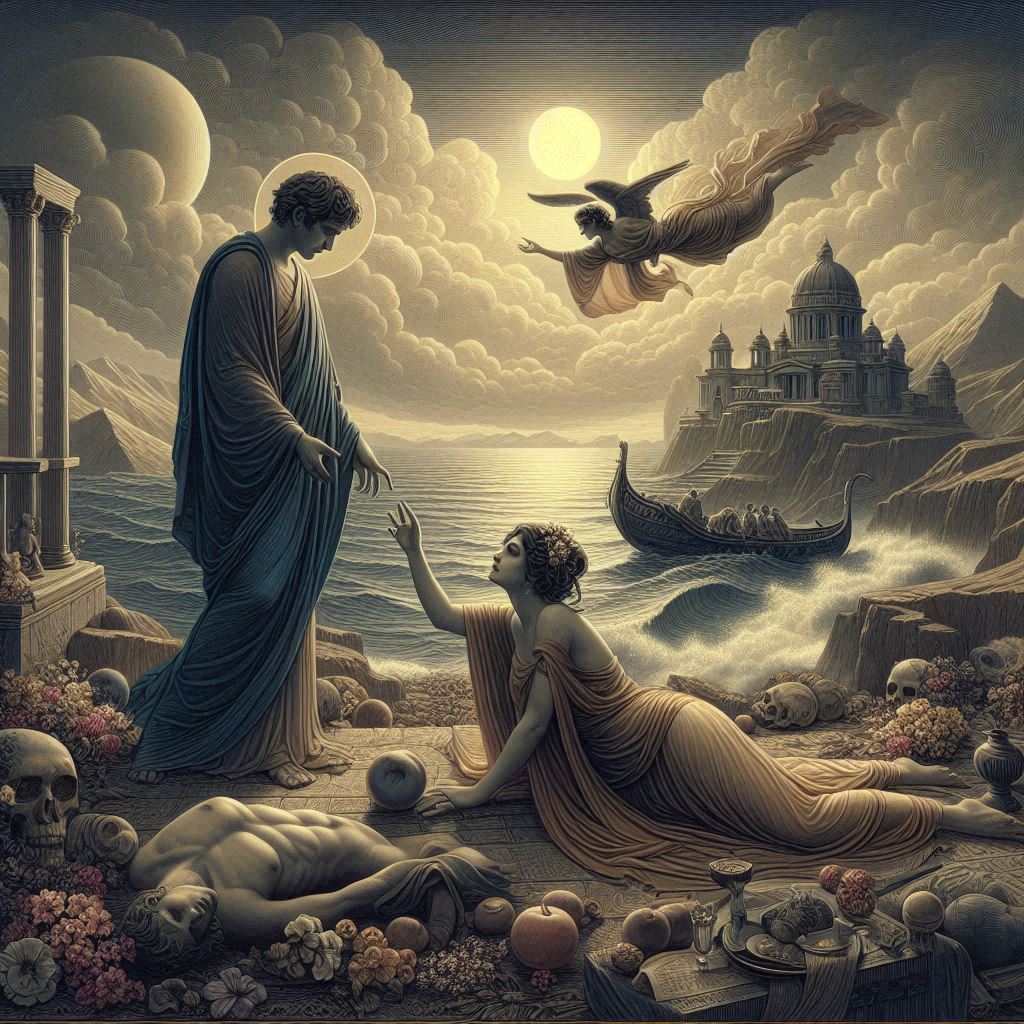Louis Philippe I (1773–1850) was the “Citizen King” and the last monarch of France, ruling from 1830 to 1848. After the July Revolution of 1830, he became the constitutional monarch, marking the start of the July Monarchy. Louis Philippe aimed to bridge the gap between monarchy and liberal ideals but faced growing discontent. His reign ended with the February Revolution of 1848, leading to his abdication and the establishment of the French Second Republic.
Born Louis-Philippe Joseph d’Orléans, he was a member of the Orléans branch of the Bourbon family. His father, Louis-Philippe Joseph, Duke of Chartres, was a cousin to King Louis XVI. The family’s wealth and aristocratic background did not shield Louis-Philippe from the transformative events of the late 18th century, as the French Revolution unfolded.
As a young man, Louis-Philippe witnessed the revolutionary fervor that gripped France. In 1792, his father voted for the death of King Louis XVI during the National Convention, a decision that led to the execution of the monarch. The Revolution brought significant challenges to the Orléans family, and Louis-Philippe’s father was also executed in 1793.
Faced with the harsh realities of revolutionary France, Louis-Philippe chose to live in exile. He traveled extensively throughout Europe, engaging with various political circles and witnessing the aftermath of the Napoleonic era. During his time in exile, he developed liberal political views, advocating for constitutional monarchy and a system that incorporated elements of both monarchy and republicanism.
The Bourbon Restoration, following Napoleon’s defeat in 1814, allowed Louis-Philippe to return to France. However, his relationship with the reigning Bourbon monarchs remained strained. His political inclinations, combined with his association with revolutionary figures, led to suspicions about his loyalty to the monarchy.
The July Revolution of 1830, triggered by the policies of Charles X, resulted in the abdication of the Bourbon monarch and paved the way for Louis-Philippe to assume the throne. On August 9, 1830, Louis-Philippe was proclaimed “King of the French,” a title carefully chosen to signify a constitutional monarchy rather than an absolute one. This marked the beginning of the July Monarchy.
Louis-Philippe’s reign was characterized by an attempt to bridge the gap between monarchy and republicanism. He adopted a constitutional and parliamentary system, emphasizing the principles of the July Revolution, which sought to establish a more liberal and representative government. The Charter of 1830 served as the foundational document for this constitutional monarchy, emphasizing civil liberties and limiting royal powers.
One of Louis-Philippe’s key challenges was balancing the aspirations of various political factions. His reign saw the rise of political movements such as legitimism, which sought the return of the Bourbon legitimate line, and republicanism, which advocated for the establishment of a republic. Louis-Philippe positioned himself as a compromise figure, aiming to maintain stability and avoid the extremes of both absolutism and radical republicanism.
Despite his efforts to establish a constitutional monarchy, Louis-Philippe faced criticism from both ends of the political spectrum. The republicans considered him too conservative, while the legitimists viewed him as an illegitimate ruler. The economic challenges of the period, including industrialization and socioeconomic disparities, further fueled discontent.
Louis-Philippe’s reign also witnessed diplomatic challenges, notably the tensions surrounding the Belgian Revolution of 1830. Belgium sought independence from the Kingdom of the Netherlands, and Louis-Philippe, hesitant to support a fellow monarch, ultimately endorsed Belgian independence. This stance aligned with his desire to portray France as a supporter of national sovereignty and self-determination.
The monarchy’s attempts to balance political forces were put to the test during the February Revolution of 1848. Fueled by economic grievances, discontent with the monarchy, and republican aspirations, the revolution led to Louis-Philippe’s abdication on February 24, 1848. The Second Republic was proclaimed, marking the end of the July Monarchy.
Louis-Philippe fled to England, where he spent the remainder of his life in exile. He continued to be involved in political discussions, but his hopes of a return to France were dashed. The political landscape had shifted dramatically, and the establishment of the Second Republic solidified the end of his reign.
Louis-Philippe died on August 26, 1850, in Claremont, Surrey, England. His death marked the conclusion of a chapter in French history that attempted to navigate the complexities of post-revolutionary governance. The July Monarchy, with its constitutional principles, represented an effort to find a middle ground between monarchy and republicanism. However, Louis-Philippe’s failure to address deep-rooted social and economic issues, combined with political maneuvering and shifting public sentiment, ultimately led to the downfall of his regime.
The legacy of Louis-Philippe I is complex. His attempt to steer France toward a constitutional monarchy reflected a nuanced understanding of the changing political currents of his time. Yet, his reign remains overshadowed by the challenges and contradictions inherent in the endeavor to reconcile monarchical traditions with the evolving demands of a society shaped by revolution and republicanism. The events of his reign, particularly the February Revolution of 1848, underscored the deep-seated tensions that persisted in French society, setting the stage for further political transformations in the years to come.










